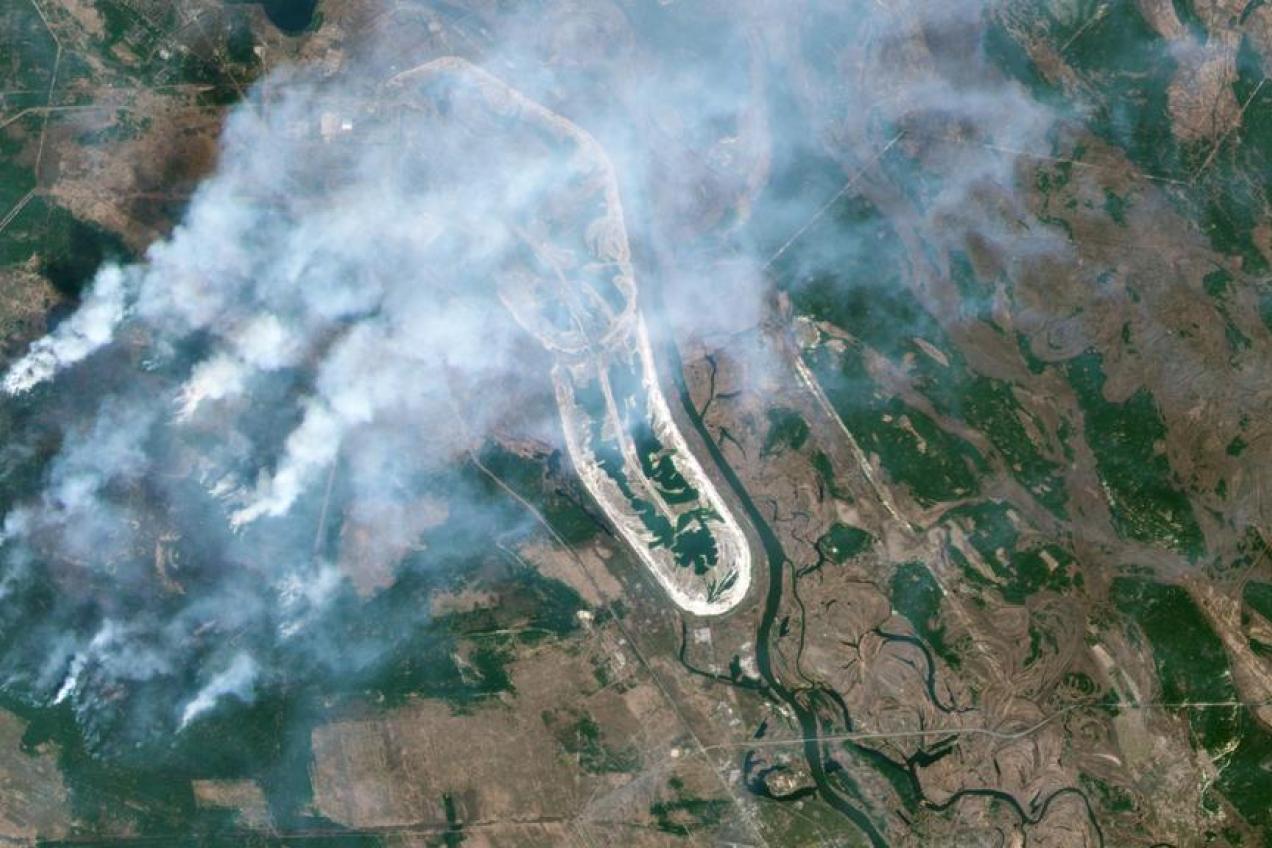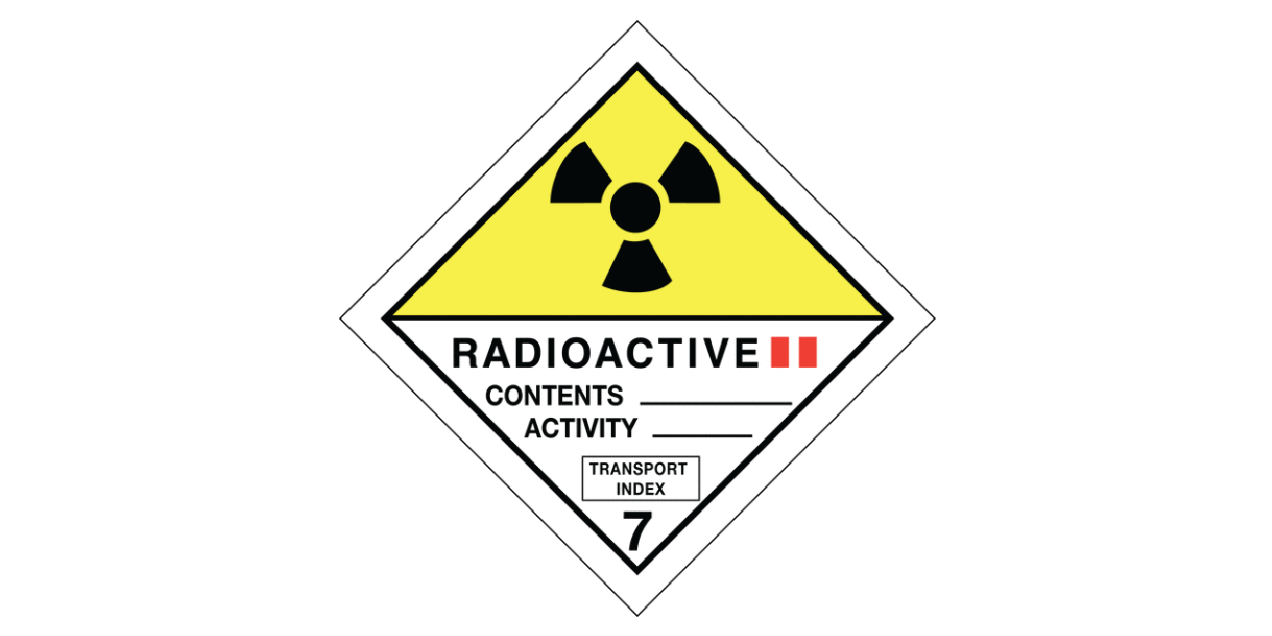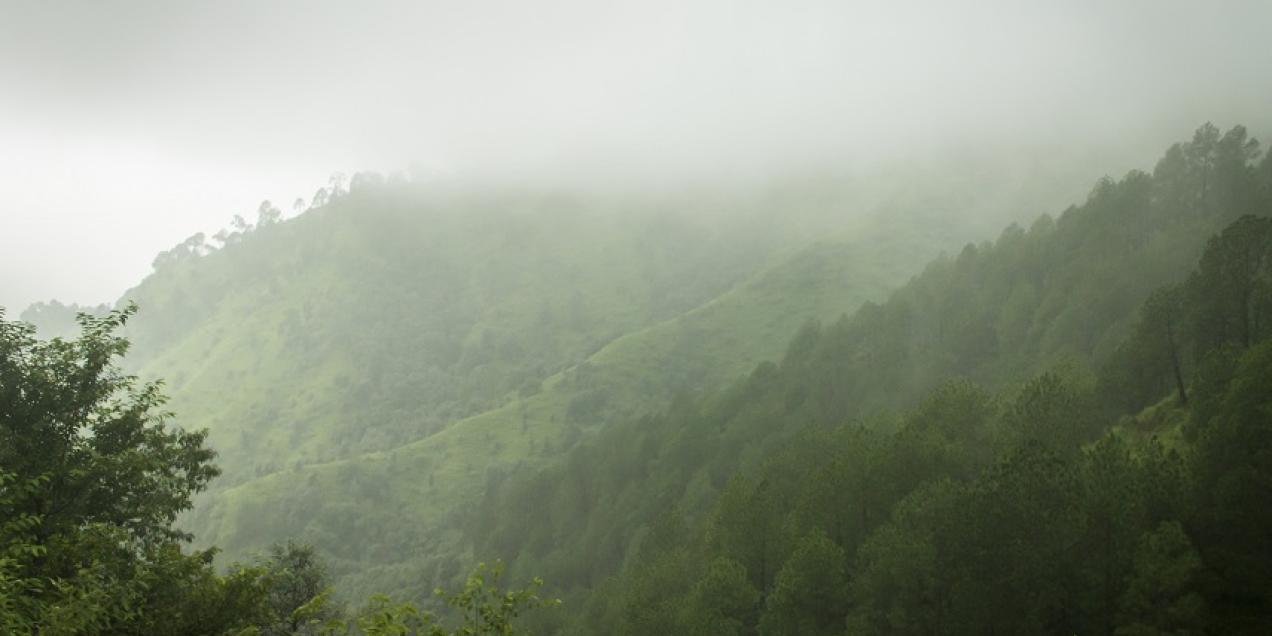UPDATE - Forest Fires Chernobyl: no cause for concern
30.04.2020 - Forest fires have been reported since 3 April in the restricted and contaminated zone around Chernobyl. Our researchers, in collaboration with the Belgian Royal Meteorological Institute (RMI), previously reported detailed analyses of the situation in Europe. That is when we underlined that the population should not worry about possible health risks. The fires lasted a long time, so we provide an update of our analyses.

Course of the fire
- Start forest fires on 3 April in the restricted zone at Chernobyl
- Between 9 April and 14 April, parts of the red forest, one of the most contaminated areas near to the damaged nuclear reactor were on fire.
- As of 23 April, forest fires in the exclusion zone, not in the immediate vicinity of the nuclear reactor anymore, were still visible by satellite imagery.
- Currently there are no more forest fires to be seen on satellite images in the restricted zone.
No cause for concern
There is no need to worry about possible health risks for the population. Yes, the forest fires may release radioactive material – in particular caesium 137 (Cs-137), which was deposited in the area after the accident – back into the air together with the plume of smoke. These radioactive particles can then be transported by the wind over long distances. But since the forest fires started, the International Monitoring System and other national sensitive systems detected only extremely small amounts of Cs-137 detections in Europe and Asia. These detections could be linked to the fires, but do not pose any health risk.
Did we detect anything in Belgium?
The measuring stations of the TELERAD network, operated by the FANC, did not detect increased radioactivity in Belgium.
The SCK CEN operates an ultra-sensitive system for the detection of ultra-low levels of radioactivity in the air (Snow White). Results of the sampling of this system between 6 and 20 April are available and show a Cs-137 air-concentration detection just above the detection limit. However, based on our atmospheric transport calculations, the Cs-137 concentration from the forest fires would be much lower. It is highly unlikely that this measurement is related to the fires.
Trace levels of Cs-137
Because trace levels of Cs-137 detections have been detected earlier with Snow White (since August 2019, two occurrences), this measurement is most likely due to local re-suspension of Cs-137 from above-ground nuclear tests in the past (1950’s-1960’s). Re-suspension is more probable during dry windy periods, exactly the circumstances we experienced in April.
Continue monitoring met partners
The SCK CEN, FANC and RMI continue to monitor the situation. An update of the scientific report with detailed monitoring data can be consulted here.
If you want more information on the analysis performed by our partners, we invite you to consult the following webpages:
Related articles
 24 November '22
24 November '22 18 March '19
18 March '19